Search
To search for an exact match, type the word or phrase you want in quotation marks.
A*DESK has been offering since 2002 contents about criticism and contemporary art. A*DESK has become consolidated thanks to all those who have believed in the project, all those who have followed us, debating, participating and collaborating. Many people have collaborated with A*DESK, and continue to do so. Their efforts, knowledge and belief in the project are what make it grow internationally. At A*DESK we have also generated work for over one hundred professionals in culture, from small collaborations with reviews and classes, to more prolonged and intense collaborations.
At A*DESK we believe in the need for free and universal access to culture and knowledge. We want to carry on being independent, remaining open to more ideas and opinions. If you believe in A*DESK, we need your backing to be able to continue. You can now participate in the project by supporting it. You can choose how much you want to contribute to the project.
You can decide how much you want to bring to the project.

This year’s Biennale is a surreal one, which flows between social justice and tokenism, opting for a revisit of the past and decentralized speeches in a city where cultural activities are inordinate. Chief curator Cecilia Alemani manages to create a fantastic world in an exhibition where 90% of artists are women or non-binary people. A remarkable percentage considering that, throughout the 20th century, the very same percentage of participants were exclusively men.
In fact, the Venice Biennale, considered to be the world’s oldest contemporary art event (dating back to 1895), is very self-aware of its not so impeccable past, including the propagandistic purpose that Mussolini gave it. Conceived as a fair, it even had a sales office, and the institution took a 15% of commission up until 1968[1]BARRAGÁN, Paco, From Roman Feria to Global Art Fair / From Olympia Festival to Neo-Liberal Biennial: On the ‘Biennialization’ of Art Fairs and the ‘Fairization’ of Biennials, ARTPULSE … Continue reading. This change, plus the presence of national pavilions, ended up resulting in something of the likes of “Art Olympics”. However, this has not stopped Venice from being once again packed with gallery owners and art collectors on the lookout for the best offers.
After successfully commissioning the Italian Pavilion back in 2017, this year Cecilia Alemani is in charge of the international exhibition, which has been titled Il latte dei sogni (The Milk of Dreams), referencing a Leonora Carrington book in which reality is constantly reinvented through the prism of imagination. This artist’s work and crazy life (before her Mexican era, she was locked up against her will in a mental institution in Santander[2]MOORHEAD, Johanna, Leonora Carrington, Una vida surrealista, Turner Editions, Madrid, 2017..) are a great example of the censorship that women face. Her paintings are some of the curator’s brightest ruminations: the creation of time capsules that try to envision current art had women had equal opportunities in the past. At the Central Pavilion, alongside her good friend Leonora Carrington’s work, you can find Remedios Varo’s art; while Maruja Mallo’s or 17thcentury painter and scientist Maria Sibylla Merian’s paintings are included in the Arsenal capsules. It is a truly meticulous archive work which acts as a memorial of meaningful times, such as the Manifesto of the Futurist Woman written by Valentine de Saint-Point in response to Marinetti’s philo-fascist one.
The international exhibition is also a platform for multiple generations of artists, minorities and peripheral discourses where enriching conversations between different methodologies are instigated. This would be the case with June Crespo’s sculptures: three pairs of metallic juxtaposed torsos have been made for the exhibition. Sharing the room with Aneta Grzeszykowska’s photography, where a young girl lives with a mother/limbless-wax-doll, creates a synergy around the concept of body and interpersonal relationships that culminates in the next room. There, inside the Pavilion, Sidsel Meineche Hansen’s sculptures and videotapes display the structural violence with which society shapes feminine bodies. Her documentary film shows how the cleaning process of a sex doll at a German brothel is pictured as the dissection of a hypersexualized canon which is every time more deeply rooted in our collective consciousness.

Left: June Crespo. Right: Aneta Grzeszykowska. Photo: Marco Cappelletti, courtesy La Biennale di Venezia
As for the national pavilions, the Italian Pavilion carries out a powerful narrative that is split in two acts through the expressiveness of a hyperrealistic space. It is a timeless portrait that brings us closer to the effects of capitalist times with an installation where a message lies behind every detail: a panoptic architecture has been designed to express exploitation of labor, real artifacts and skillfully mastered sounds narrate the downfall of an outdated system. Even if exclusively granting an artist with 1800 m2 is a risky choice, here, it works. However, Gian Maria Tosatti could have come up with a less masculine and individualistic way of working because it is pretty bold to represent collectiveness from an inevitably biased point of view with a megalomaniac installation.
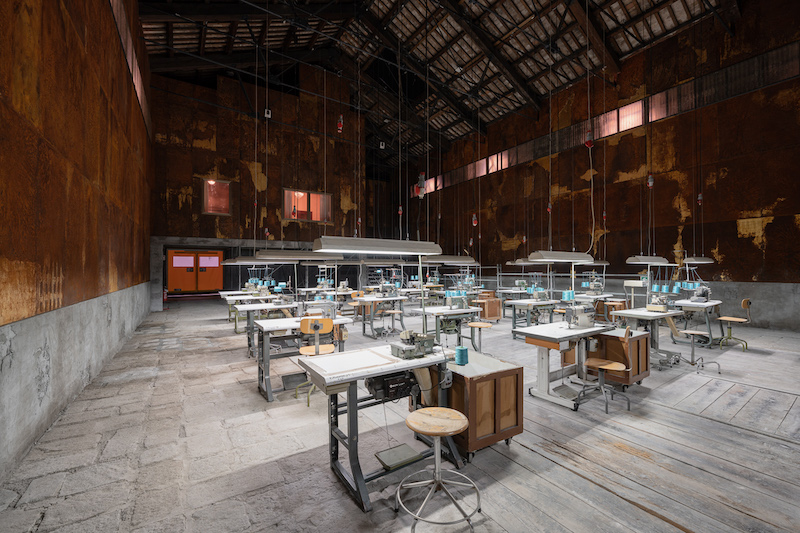
Italian Pavillon. Photo: Andrea Avezzù, courtesy La Biennale di Venezia
The Dutch Pavilion is made up of a video installation by melanie bonajo, who touches upon topics such as consent and pleasure. When the body says yes offers a choral and sensitive standpoint that is committed to free designation of gender and advocates broadening the spectrum of sexual diversity. This work encourages us to listen to our body from the unconsecrated Church of Mercy, which has become a huge bed made up of inviting and flowing padded shapes. In this case, choosing to give up the historic venue of the Dutch Pavilion, located in the Giardini, to Estonia represents an escape from the more institutional connotations linked to the building designed by Rietveld in the 1950s and an opportunity to redefine a Catholic temple.
The Portuguese Pavilion is located at the Palazzo Franchetti this year, where Pedro Neves Marques manages to question concepts such as family, reproduction, mental health and identity through the film Vampires in Space. Neves Marques is non-binary (just like melanie bonajo) and focuses on details regarding gender dysphoria with a set of poems and a fragmented audiovisual tour. The eternity and sci-fi aspects that are linked to these fantastic beings become the perfect means to reflect on the construction of reality with powerful images and clever dialogues.
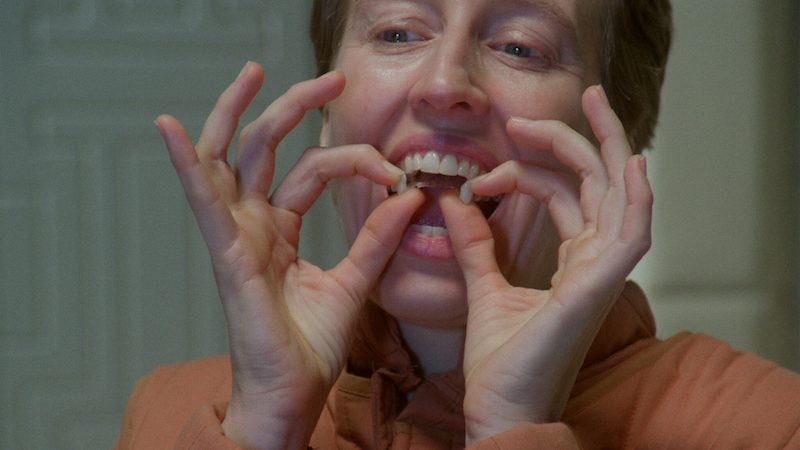
Vampires in Space by Pedro Neves Marques, film still, Portuguesse Pavillion
Identity is indeed presented as one of the main themes for the very first post-pandemic Biennale. However, the presence of minorities has been the main leitmotiv: the Nordic Pavilion, rebranded as Sami Pavilion, New Zealand considering the third gender from a native Samoa artist’s point of view and experience, a gypsy artist representing Poland, the also Romania inspired virtual reality experience at the Greek Pavilion… Nonetheless, it is important not to get too carried away by trends or fall for any bluff. Therefore, we must remember that, even if this is an inclusive and enriching gesture, it is still dangerous to institutionalize dissidence and adapt it to a Westernized cishet format.
As an innovation, this year’s event will last longer than ever before (7 months), the main venues have two entrances and the place and date of birth of the artists is detailed only at the end, in the artwork labels of the international exhibition. Also, perhaps with the intention of disseminating opportunities, Cecilia Alemani decided to give out two Golden Lions for Lifetime Achievement, doubling the number of the only award she is supposed to be giving out as the curator. They were awarded to sculptress Katharina Fritsch, whose monumental elephant welcomes everyone in the Central Pavilion, and to the Chilean activist, poet and artist Cecilia Vicuña, whose paintings and installation in the exhibition, as well as her life and social fight (both devoted to art), prove how well-deserving she is of this award.
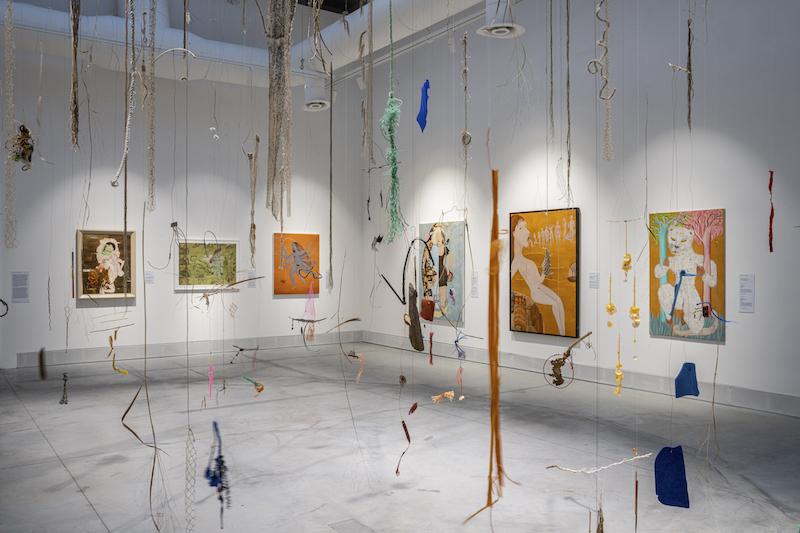
Exhibition view with work by Cecilia Vicuña. Photo: Ela Bialkowska, OKNO studio, courtesy La Biennale di Venezia
On the other hand, the jury gave out the two Golden Lions that correspond to two women of African descent: Simone Leigh wins this award for her impressive sculpture located in the first room of the Arsenal, although she is also the artist who (very respectably) represents the United States of America; while, to most people’s surprise, the British Pavilion wins the award for best national exhibition. This last one does seem like a radical decision, since it can only be interpreted as a way of subverting the archaic verticality that implies the existence of a jury and a winner, the differences with a system made up of national pavilions or a criticism of the impact that winning a Golden Lion has in the art market.
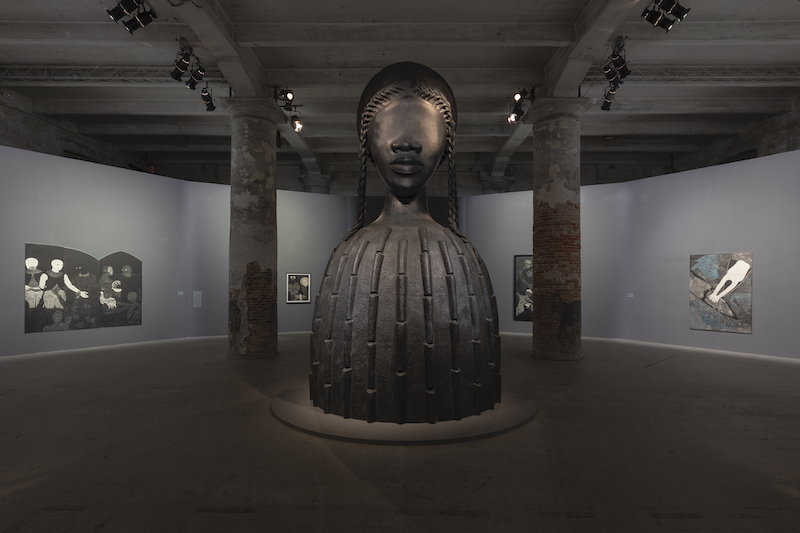
Simone Leigh sculpture with works by Belkis Ayón in the background. Photo: Roberto Marossi, courtesy La Biennale di Venezia
All in all, there are good intentions behind this event, even if that does not mean everything is always free of contradictions. It would be foolish not to see this event for what it is: a wonderful product that has been forged in years of history and that we hope will continue to evolve. Hopefully, in the future, all national pavilions (which are an expense assumed by the nations themselves) will be truly public and free of charge like the ones that are currently outside the two main venues. Only this way, people will be able to go to these exhibitions without the stress of having to process tons of them in just one day.
(Front picture: Duch pavilion. Photo: Peter Tijhuis, courtesy Mondriaan Fonds)
| ↑1 | BARRAGÁN, Paco, From Roman Feria to Global Art Fair / From Olympia Festival to Neo-Liberal Biennial: On the ‘Biennialization’ of Art Fairs and the ‘Fairization’ of Biennials, ARTPULSE Editions, Cambridge, 2020. |
|---|---|
| ↑2 | MOORHEAD, Johanna, Leonora Carrington, Una vida surrealista, Turner Editions, Madrid, 2017. |
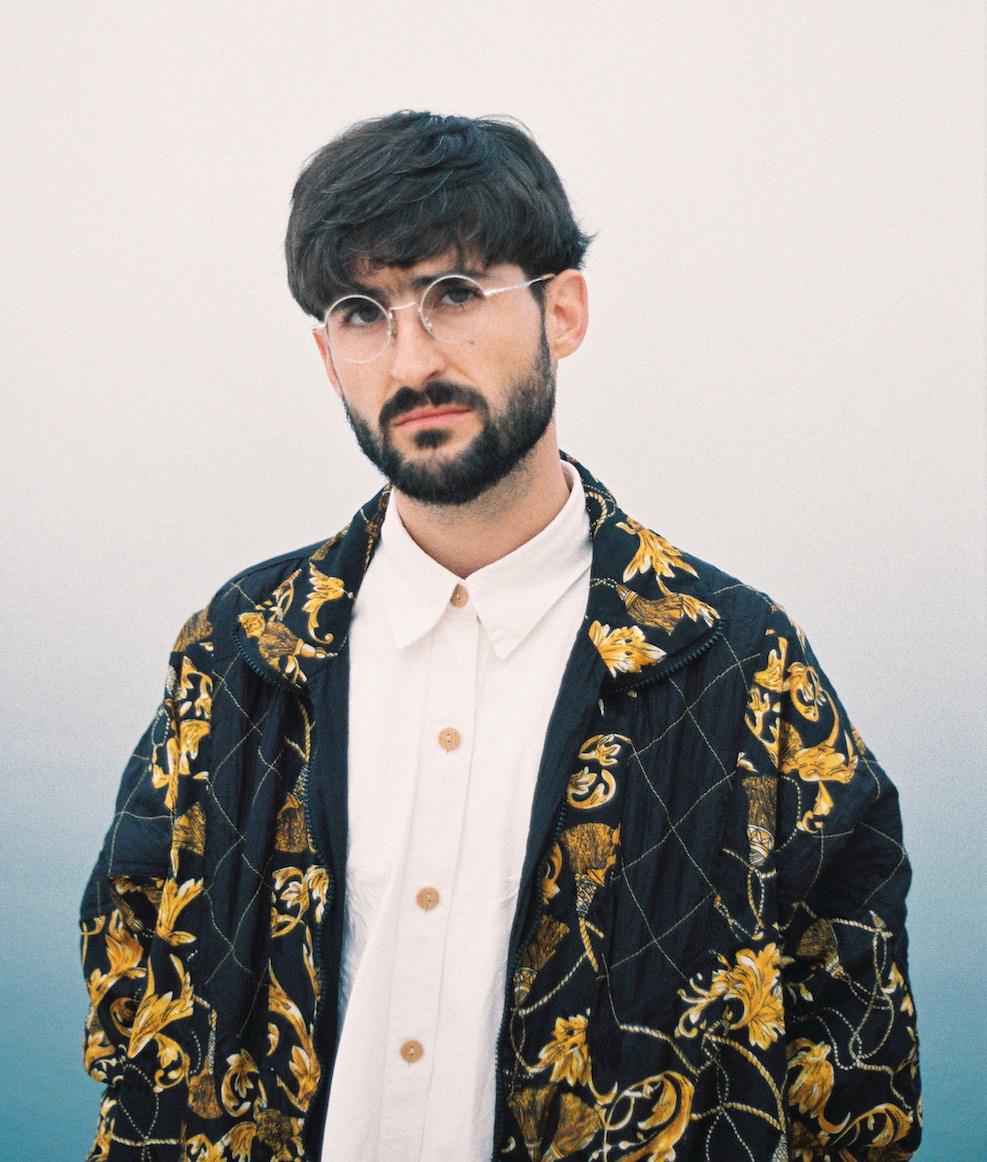
Roberto Majano was born in a walled city of medieval essence the year the USSR was dissolved. An art historian and cultural manager, his career has developed in the fields of communication, education and public relations. With a rural childhood and a nomadic life, his experience is divided between Spain and Italy, where he has curated several contemporary art exhibitions and collaborated with different institutions in the development of cultural events.
"A desk is a dangerous place from which to watch the world" (John Le Carré)